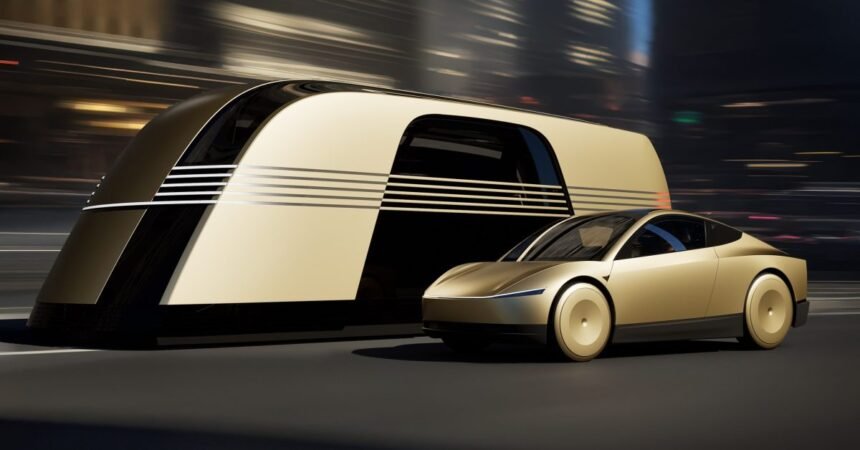Despite internal analysis showing that Tesla’s Robotaxi plans would lose money, Elon Musk reportedly shut down the analysis and pushed forward with the focus on the company’s more expensive Cybercab model. This decision came after Musk canceled plans for a more affordable electric vehicle, known as the ‘Model 2,’ in favor of building cheaper versions of the Model Y and Model 3 with fewer features.
The shift in focus from affordable EVs to self-driving cars has led to a stagnation in Tesla’s vehicle lineup, with only the Cybertruck being launched in the last 5 years. This decision has been met with criticism, especially as the Cybertruck has not been as successful commercially as expected.
A new report from The Information sheds light on the decision-making process within Tesla that led to the cancellation of the Model 2. The report describes a meeting in February 2024 where Tesla executives pushed for the production of the $25,000 EV, but Musk dismissed their arguments.
The executives presented an internal analysis that highlighted the challenges of the Robotaxi plan, including slow payback on Full Self Driving technology and regulatory hurdles outside the U.S. Despite these concerns, Musk greenlighted the Cybercab and scrapped plans for the Model 2.
The analysis conducted by Tesla analysts under Musk’s trusted aide, Drew Baglino, showed that the Robotaxi program may not be as profitable as initially assumed. The analysis predicted challenges in expanding into other markets and projected potential losses for years to come.
This decision reflects a larger issue of Musk’s leadership style, where he may be surrounded by yes-men who do not challenge his decisions. Moving forward, it will be interesting to see how Tesla navigates the challenges of the Robotaxi program and whether Musk’s gamble will pay off in the long run. Elon Musk’s decision to prioritize the development of self-driving technology for Tesla’s robotaxi future was a risky move driven by his own overconfidence and enabled by those around him who were too eager to please. Despite Musk’s grand promises of a flawless robotaxi future, the reality is far from certain, especially considering the fierce competition in the autonomous vehicle space.
While it’s not uncommon for Musk to make bold projections for growth, this particular decision comes at the expense of Tesla’s already thriving auto business. The diversion of resources and focus towards self-driving technology could potentially hinder the company’s profitability and growth in the short term.
Furthermore, recent reports suggest that this shift in strategy may have been a factor in the departure of key talent from Tesla last year. The pressure to deliver on Musk’s vision for a fully autonomous future may have created a tense and challenging work environment, leading some employees to seek opportunities elsewhere.
It is crucial for Tesla shareholders to approach Musk’s promises with caution and skepticism, as the road to achieving fully autonomous driving capabilities is fraught with obstacles and uncertainties. While Musk’s ambition and vision have driven Tesla to great success in the past, it is important to remember that success in the self-driving space is far from guaranteed.
In conclusion, Musk’s decision to prioritize self-driving technology for Tesla’s robotaxi future may have far-reaching implications for the company’s future success. It is imperative for Tesla to carefully navigate the challenges ahead and ensure that their focus on self-driving technology does not come at the expense of their core auto business.







